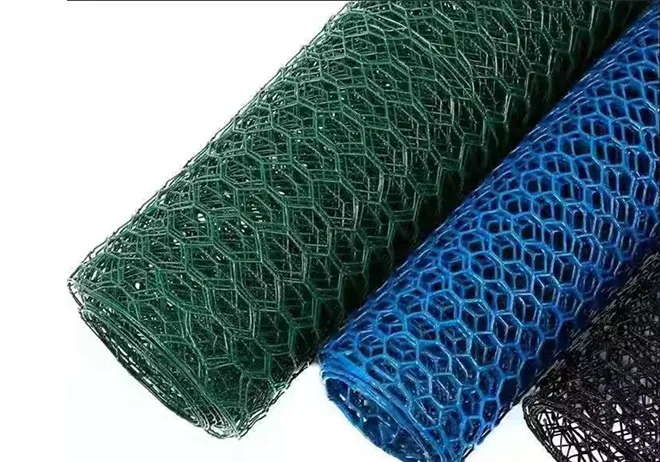gi wire netting
Understanding GI Wire Netting A Versatile Solution for Modern Needs
GI (Galvanized Iron) wire netting is an essential material that has found its application in various fields due to its durability, corrosion resistance, and versatility. It is made of iron wire that has been galvanized, which involves coating it with a protective layer of zinc. This process not only enhances the wire's resistance to rust and degradation but also extends its lifespan, making it an ideal choice for both indoor and outdoor applications.
Composition and Manufacturing Process
The primary component of GI wire netting is steel wire, which is drawn to the desired thickness before the galvanization process. The quality of the wire and the thickness of the zinc coating significantly impact the netting’s overall performance. Typically, the wire is available in various gauges (thicknesses) to accommodate different requirements. Common gauges range from 10 to 22, depending on the intended use.
The galvanization process can vary, with hot-dip galvanization being one of the most common methods. This involves immersing the clean steel wire in molten zinc, resulting in a robust bond between the wire and the zinc layer. This method provides a thicker coating compared to electro-galvanizing, offering superior protection against corrosion.
Applications of GI Wire Netting
GI wire netting boasts a plethora of uses across multiple sectors
1. Construction In the construction industry, GI wire netting is often used for fencing purposes, offering a cost-effective solution that provides security while allowing visibility. It is commonly employed in residential, commercial, and agricultural fences. Additionally, it is used in the reinforcement of concrete and plaster, enhancing structural integrity.
gi wire netting

2. Agriculture Farmers utilize GI wire netting to create enclosures for livestock and protect crops from animals. It helps in delineating property lines and preventing unwanted intrusions, particularly in rural areas where wildlife might pose a threat to crops.
3. Industrial Applications In industrial settings, GI wire netting is used for safety barriers, conveyor belt covers, and machinery guards. Its ability to withstand heavy loads and harsh environments makes it an ideal choice for factories and warehouses.
4. Home and Garden Homeowners use GI wire netting in gardens for a variety of purposes, such as creating plant supports, building trellises for climbing plants, and constructing decorative fences. Its aesthetic versatility also allows for creative landscaping options.
5. Marine and Aquatic Uses The resistance to rust makes GI wire netting suitable for use in marine environments. It is frequently used in fish farming, where it acts as a containment barrier for fish while allowing for the free flow of water.
Maintenance and Longevity
One of the significant benefits of GI wire netting is its low maintenance requirement. The galvanized coating protects against corrosion and degradation from environmental factors, but it is still advisable to inspect the netting periodically for any signs of wear or damage. Cleaning it with a mild detergent and ensuring that the coating remains intact can prolong its lifespan.
Conclusion
In conclusion, GI wire netting represents a practical and resilient solution for various applications across sectors. Its unique combination of strength, durability, and resistance to corrosion makes it a popular choice for fencing, construction, agriculture, and beyond. As technology continues to advance, the manufacturing processes of GI wire netting are likely to improve, further enhancing its properties and broadening its applications. Whether you are a homeowner, a farmer, or an industry professional, incorporating GI wire netting into your projects can provide you with a reliable and efficient material to meet your needs effectively.
-
Space-Saving Chain Fence Hacks Vertical Gardening with Cyclone MeshNewsJul.16,2025
-
Innovations in Iron Nail Wire Production for Modern ConstructionNewsJul.16,2025
-
Creative Uses of Wire Netting Fence in Modern Landscape DesignNewsJul.16,2025
-
Barbed Wire Fence Innovations in Anti-Climb TechnologyNewsJul.16,2025
-
Architectural Uses of Umbrella Nails for Aesthetic Roof DesignsNewsJul.16,2025
-
Architectural Uses of Razor Barbed Wire in Secure Urban DesignNewsJul.16,2025




